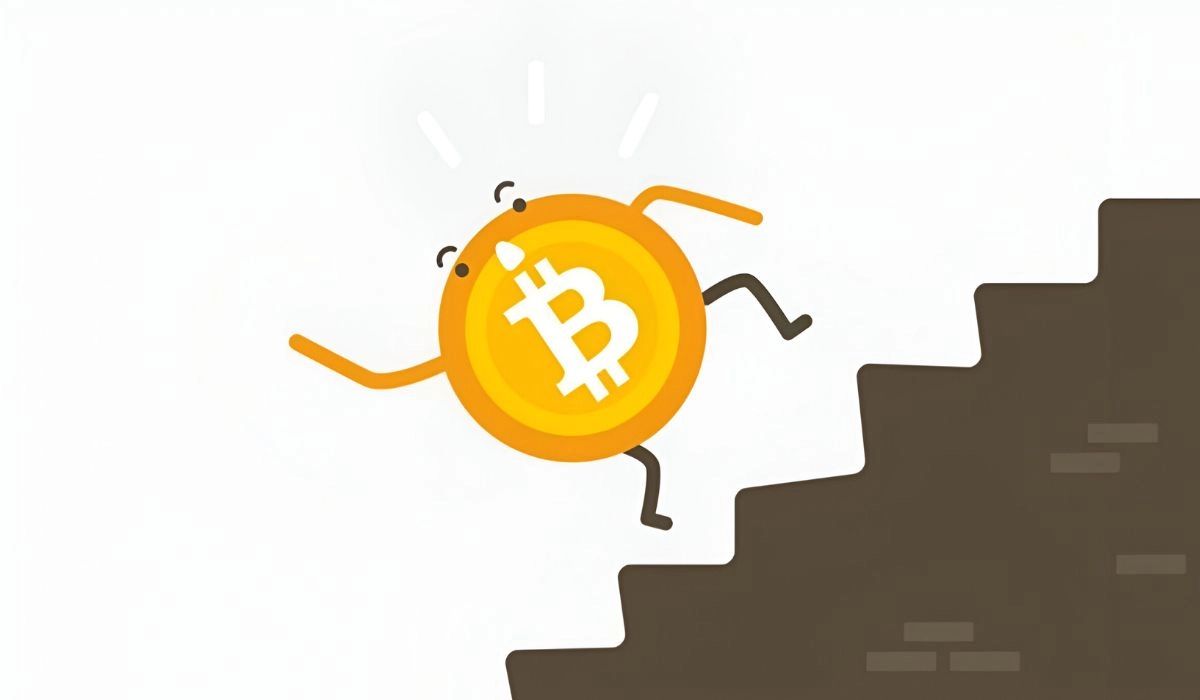The cryptocurrency ecosystem is a sphere that contains a wide range of complex terminologies and concepts. To maintain a well-balanced cryptocurrency journey, you need a comprehensive awareness of its terms and concepts. This article is to equip cryptocurrency enthusiasts with the concept ‘slippage’. Slippage is one of the important concepts in cryptocurrency that can significantly impact the outcome of transactions.
Slippage is a simple concept that can be defined as the difference between the expected price of the trade and the actual price. This article will comprehensively analyze this concept, how to combat it, and what impact positive slippage and negative slippage can make on the user experience.
What Is Slippage?
Slippage is a term that has an unparalleled significance and impact in the cryptocurrency ecosystem. The concept of slippage refers to the difference between the expected price of a particular cryptocurrency trade and the actual price at which the trade is executed. Slippage can be categorized into three, positive slippage, negative slippage, and no slippage at all. These conditions can occur in almost every market. Slippage in cryptocurrency trading is dependent upon so many factors like market volatility, market liquidity, order size, etc.

You can calculate the slippage value of cryptocurrency trading by a simple equation.
Slippage= Executed Price- Expected Price
Slippage is generally expressed as a percentage value, so the equation to find the percentage value is,
Slippage= ((Executed Price−Expected Price)/Expected Price)×100
For example,
Imagine you are buying a particular cryptocurrency like Bitcoin. The expected price for that particular order is $50,000 and at the time of execution, the actual price is $50,500. Here, in this transaction, the trader experiences a slippage of $500. Normally, the concept of slippage is expressed in percentages. So the slippage of the transaction will be,
Slippage = ((50,500-50,000)/50,000)x100 = (500/50,000)x100 = 0.01x100 = 1%
This indicates that you experienced a slippage of 1%.
According to the trading, a good slippage tolerance will be between 0.5% and 2%. The slippage can be zero, positive, or negative. Positive means the trade will be in your favor and negative indicates the trade is against your favor. Let us take a look at the negative slippage.
Imagine you are selling Bitcoin and the expected price is $5000 and the actual price of execution is $4500, so the slippage of the transaction will be,
= ((4500-5000/5000))x100= -10%
The slippage of the transaction is -10% and it indicates that the slippage is against your favor.
A thorough understanding of the concept and the ability to calculate the slippage will be a crucial factor in the effect of your trading.
Factors Affecting Slippage In Crypto
Slippage in the cryptocurrency system is not arbitrary. Several factors in the crypto market can make a significant impact on slippage. Among those factors, market volatility, liquidity, and order size are the most common.
Market Volatility
Market volatility is a major factor that affects slippage. The price of a particular crypto can change in a short time. So, a major change in the expected prize and the executed prize will occur. The price at the time of order placement will not be the same at the time of trade execution. This price difference can change the slippage, this is how market volatility affects slippage.
Market Liquidity
Market liquidity can determine the slippage to an extent. The market with high liquidity and low liquidity will show an entirely different slippage percentage. The participants and trading volume will be limited in the low liquidity market. This can lead to less favorable prices and slippages. A market with high liquidity will consist of a large number of buyers and sellers. So the possibility of slippage will be reduced, and participants will be able to transact according to their desired price.
Order Size
The size of an order can affect the slippage. Larger orders in the crypto market will cause more slippage than smaller orders. The large orders will not be based on a single price point, this can lead to trades that might go for a less favorable price. Small orders will not cause significant price variations, so the slippage will be favorable for traders.
How To Reduce Slippage In Crypto?
We have already discussed the importance of slippage in the cryptocurrency transaction. Traders can adopt various methods and strategies to reduce the effect of slippage in their cryptocurrency transactions. Let us take a look at the strategies that can enhance your cryptocurrency journey by controlling slippage.
Implementing Limit Orders
By implementing limit orders, traders can set a specific price which they want to trigger the purchase. The purchase will only triggered when the price is higher or better. This will not affect the sudden price fluctuation and control the slippage to an extent.
Avoid major news related to the sphere
The external environment and changes in the crypto sphere are major factors in determining the market price. Significant shifts and news can lead to high slippage. So avoiding trades in these particular times will be optimal.
Split The orders
Traders can avoid ordering as a bulky one, instead, they can break the large orders into smaller portions and try to execute them when time proceeds. This will be a huge factor in controlling the execution price and will lead to a minimized slippage.
Trade in a calm atmosphere
The cryptocurrency market is not a calm one. The highly volatile nature of crypto coins can create the market as a noisy one. Trading in less volatile moments will be ideal and it will help to limit slippage as well.
These are some basic strategies that can be used in the crypto sphere to reduce the possible slippage. Traders can adopt this method to maximize their crypto earnings and for a better trading experience in the sphere.
The Bottom Line
In this article, we comprehensively analyzed the concept of slippage. Traders who wish to actively engage in the crypto market will need to study this and try to make it possible in their crypto journey. Use this article as a complete guide for understanding the concept of slippage and the possible strategic methods to avoid it. Check out the factors affecting the slippage and customize your transaction according to it.






